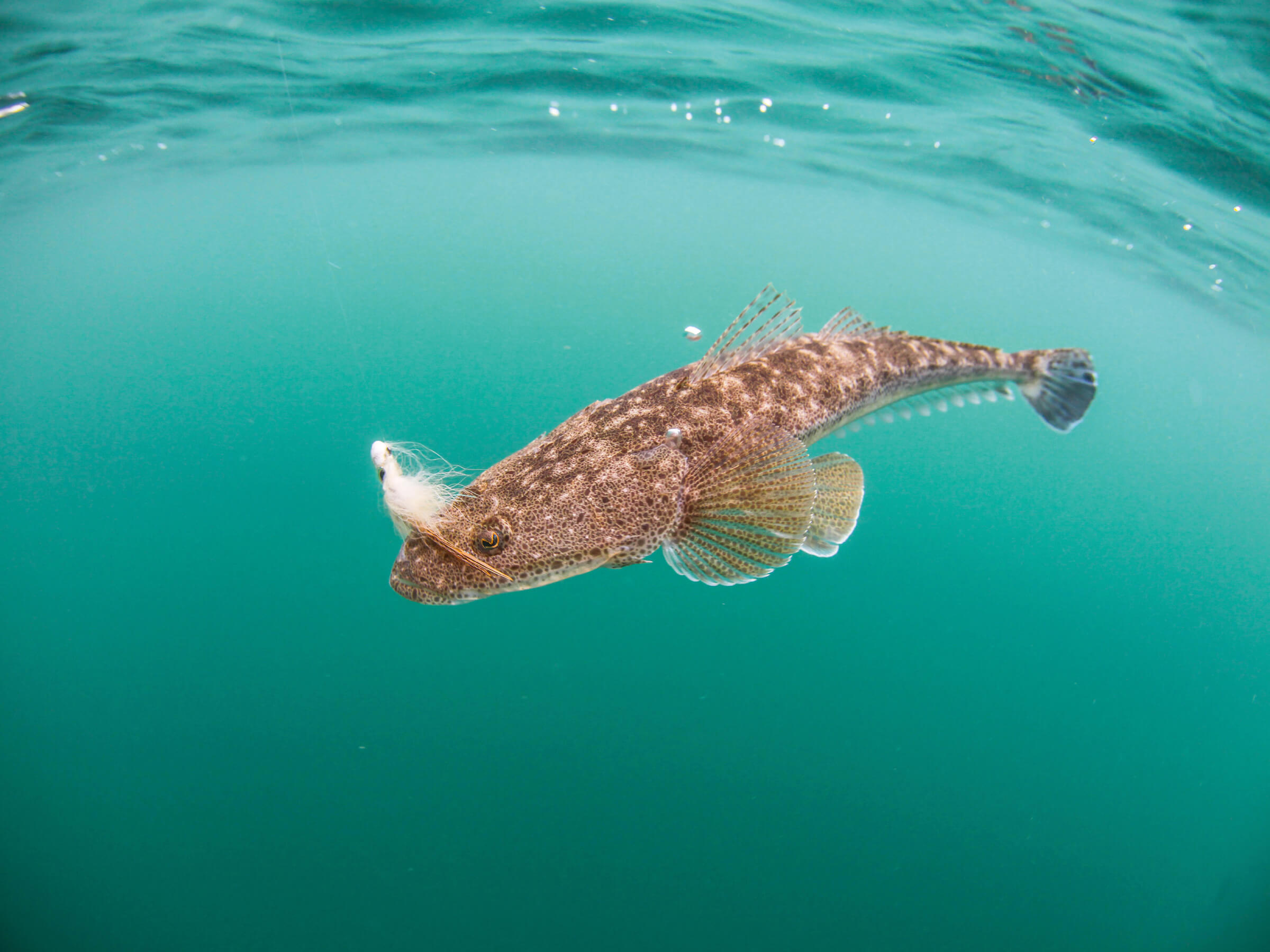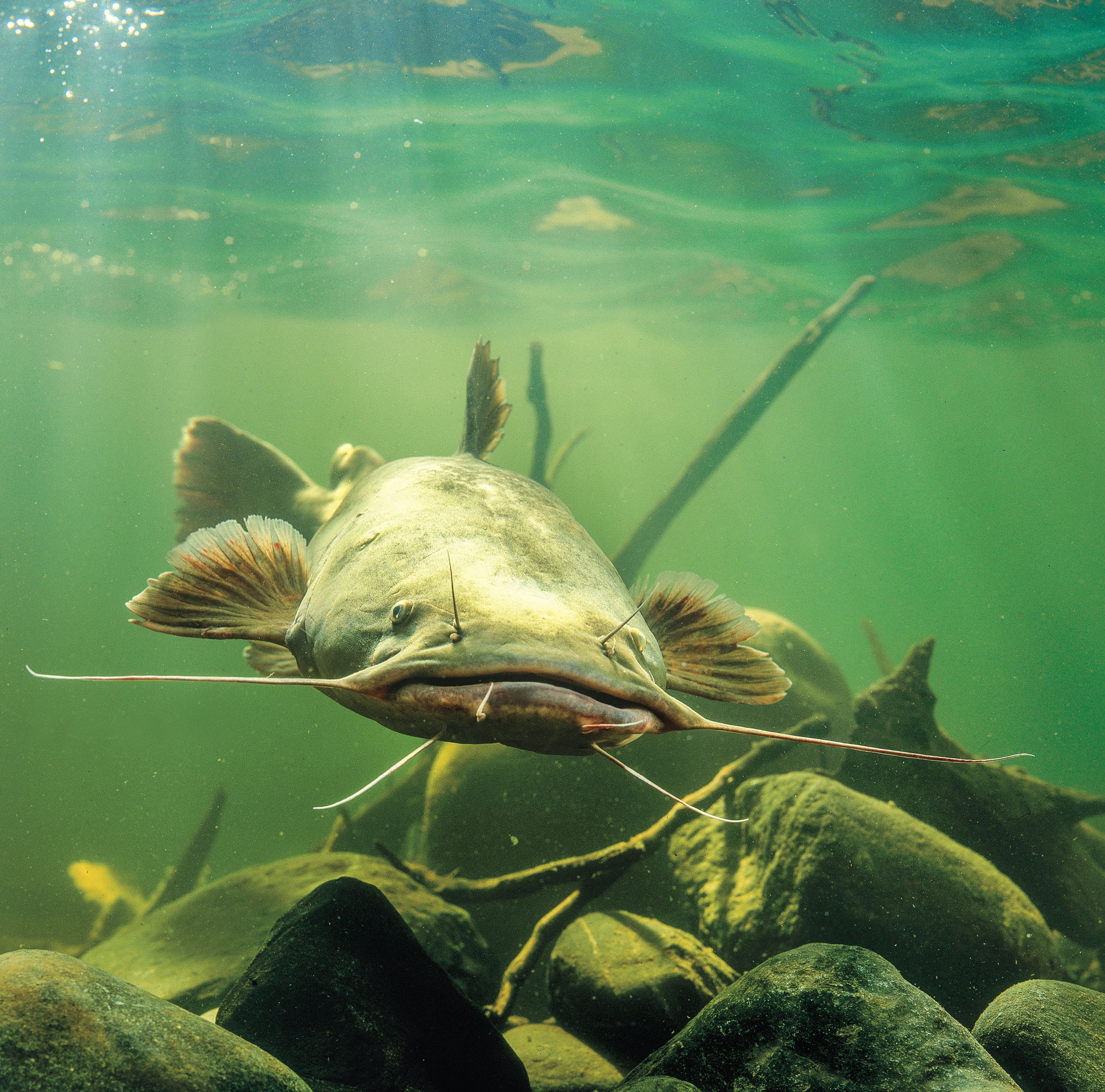
Sovereignty’s Embrace: The Enduring Spirit of Montana’s Flathead Reservation
Nestled beneath the majestic Mission Mountains, where the sapphire waters of Flathead Lake shimmer under a vast Montana sky, lies a land imbued with deep history, profound resilience, and an unwavering spirit of self-determination. This is the Flathead Indian Reservation, home to the Confederated Salish and Kootenai Tribes (CSKT) of the Flathead Nation – a sovereign entity whose journey is a testament to cultural preservation, innovative resource management, and the enduring fight for justice.
Spanning over 1.3 million acres in western Montana, the reservation is a mosaic of dense forests, fertile valleys, pristine rivers, and sprawling lakes. It is a landscape that defines its people, and for generations, the Salish, Kootenai, and Pend d’Oreille people have drawn sustenance, spiritual guidance, and their very identity from this ancestral homeland. Yet, the story of the Flathead Reservation is not merely one of idyllic beauty; it is a complex narrative shaped by treaties, broken promises, land loss, and ultimately, a triumphant resurgence of tribal sovereignty.
The genesis of the reservation dates back to the 1855 Treaty of Hellgate, an agreement that saw the tribes cede vast tracts of their aboriginal territory to the U.S. government in exchange for the retention of a smaller, designated area – the Flathead Reservation. This treaty, like many others, was signed under duress and misunderstanding, laying the groundwork for future conflicts over land and resources. The most devastating blow came with the General Allotment Act of 1887 (Dawes Act), which aimed to break up tribal communal lands into individual parcels. On the Flathead Reservation, this policy led to the opening of "surplus" lands to non-Indian homesteaders, creating the notorious "checkerboard" ownership pattern that persists today, where tribal, individual Indian, and non-Indian lands are intermingled. This fragmentation of the land base has posed significant challenges for tribal governance, resource management, and cultural cohesion for over a century.
Despite these historical injustices, the CSKT have never wavered in their commitment to their land and their people. In the modern era, they have become a national model for tribal self-governance and economic development, demonstrating how a sovereign nation can thrive while honoring its heritage.
One of the most profound examples of CSKT’s assertion of sovereignty and economic prowess occurred in September 2015 with the acquisition of the Seli’š Ksanka Qlispe’ Dam, formerly known as Kerr Dam. For decades, the dam, a hydroelectric facility generating power for thousands, had been operated by outside entities. Its return to tribal ownership marked a monumental achievement – the first time a major hydroelectric dam in the United States had been purchased and operated by a Native American tribe.

"Taking ownership of the dam was more than just an economic venture; it was a reclaiming of our inherent right to manage our resources, a powerful symbol of our sovereignty," explains a CSKT Council member, reflecting on the historic moment. "It’s about self-sufficiency and ensuring that the benefits of our land flow back to our people." The dam now generates significant revenue for the tribes, which is reinvested into essential services like education, healthcare, and infrastructure, further strengthening the tribal government’s capacity to serve its citizens.
Beyond the dam, the CSKT have been at the forefront of sustainable natural resource management. Their forestry department manages vast timberlands with a focus on ecological health and long-term sustainability, balancing economic needs with environmental stewardship. The tribes are also deeply involved in wildlife management, including the successful restoration of native fish species and the careful oversight of game populations.
Perhaps no other recent development underscores the CSKT’s commitment to land stewardship and cultural reclamation more than the transfer of the National Bison Range. Established in 1908 on treaty lands within the reservation, the range was managed by the U.S. Fish and Wildlife Service for over a century. After decades of advocacy, the Bison Range was finally transferred to tribal management in 2021, a move celebrated as a historic act of restorative justice. The return of the bison, a culturally vital animal, to tribal care symbolizes a healing of the land and a reaffirmation of the tribes’ inherent role as guardians of the natural world.
"Our ancestors lived with the buffalo, depended on them. To have the Iinnii (buffalo) back under our direct care, on our land, is profoundly spiritual," remarks a tribal elder. "It’s about healing, about restoring that sacred connection that was broken. It’s a powerful step in remembering who we are."
The CSKT’s commitment to cultural preservation is equally robust. Language revitalization programs are actively working to teach the Salish and Kootenai languages to younger generations, ensuring that these vital aspects of tribal identity are not lost. Cultural centers, traditional arts programs, and annual powwows celebrate and transmit the rich heritage of the tribes. Education is a priority, with tribal initiatives supporting students from early childhood through higher education, often emphasizing curricula that integrate traditional knowledge with Western academic subjects.
However, the Flathead Reservation, like many tribal nations, faces ongoing challenges. The legacy of historical trauma, including forced assimilation and land dispossession, continues to manifest in socioeconomic disparities, including higher rates of poverty, substance abuse, and health issues compared to surrounding non-Native communities. The checkerboard land ownership pattern complicates resource management and economic development, requiring constant negotiation and cooperation with non-tribal entities.
One of the most significant and complex challenges has been the negotiation of the CSKT Water Compact. This landmark agreement, which quantifies and secures the tribes’ water rights – rights that predate non-Indian settlement – has been a decades-long endeavor. After extensive negotiations, the Montana Legislature ratified the compact in 2015, and federal implementation is now underway. The compact is crucial for protecting tribal agriculture, cultural practices, and the ecological health of the reservation, while also providing certainty for non-tribal water users. It represents a monumental effort to assert and protect a fundamental resource vital to the tribes’ future.
Despite these hurdles, the spirit of the CSKT remains undaunted. Their journey is one of continuous adaptation, innovation, and an unwavering commitment to their cultural values. The tribal government, a democratically elected body, operates with an eye toward both tradition and progress, fostering economic growth while safeguarding the environment and promoting the well-being of its people.
The Flathead Indian Reservation is more than just a geographical location; it is a living testament to the power of sovereignty and the enduring strength of indigenous identity. It is a place where ancient traditions blend with modern governance, where economic independence is pursued hand-in-hand with environmental stewardship, and where the echoes of the past inform a vibrant and self-determined future. As the sun sets over the Mission Mountains, casting long shadows across Flathead Lake, it illuminates a people who, against immense odds, continue to thrive, proving that the embrace of sovereignty is the most powerful path to self-preservation and prosperity. Their story is a powerful reminder of the resilience of the human spirit and the sacred bond between a people and their land.


